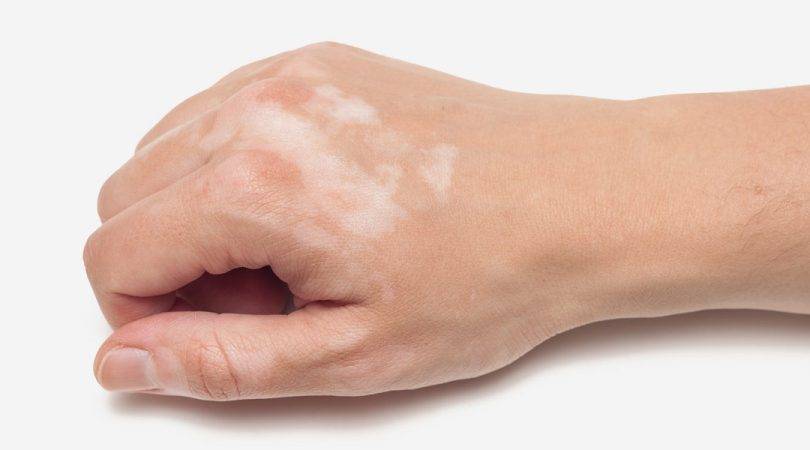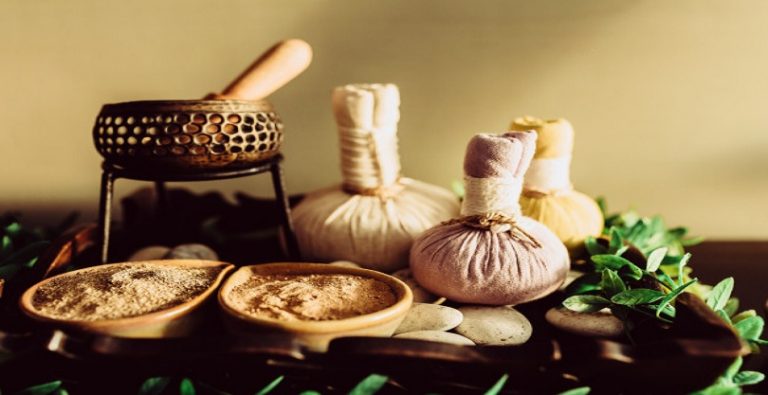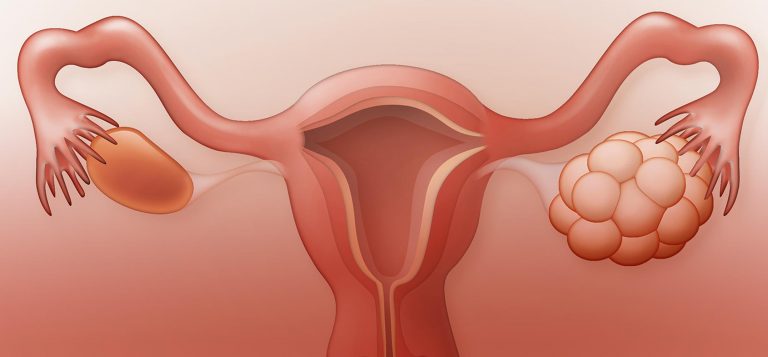Vitiligo is a chronic skin condition characterized by the loss of pigmentation, leading to the formation of white patches on the skin. It affects people of all ages and can significantly impact their self-esteem and quality of life. While the exact cause of vitiligo remains unknown, Ayurveda, the ancient Indian system of medicine, offers holistic approaches to managing this condition. A Vitiligo Treatment in Ayurvedic principles aims to restore balance in the body and promote skin health and repigmentation.
Ayurvedic Perspective on Vitiligo
According to Ayurveda, vitiligo is believed to occur due to the aggravation of Pitta dosha, which governs metabolism and pigmentation. Imbalances in Pitta dosha can be caused by factors such as excessive heat, stress, and improper diet. Additionally, imbalances in Kapha and Vata doshas can also contribute to the development and progression of vitiligo. Ayurvedic practitioners take a holistic approach, considering the individual’s constitution (prakriti) and identifying the root cause of the imbalances to tailor treatments accordingly.
Identifying Triggers and Aggravating Factors
Ayurveda recognizes the role of triggers and aggravating factors in the development and progression of vitiligo. These may include
- Excessive sun exposure
- Stress
- Consumption of pitta-aggravating foods (such as spicy and oily foods)
- Exposure to certain chemicals and environmental toxins
By identifying and avoiding these triggers, individuals with vitiligo can minimize flare-ups and support the healing process. Stress management techniques, such as meditation, yoga, and relaxation exercises, can also be beneficial in reducing the impact of emotional stress on the skin.
Ayurvedic Treatment Approaches
Ayurvedic treatments for vitiligo focus on balancing the doshas, detoxification, rejuvenation, and strengthening the immune system. Panchakarma, a comprehensive detoxification therapy, is often recommended to eliminate toxins and purify the body. It involves procedures like Virechana (purgation) and Rakta Mokshana (bloodletting) to remove accumulated impurities from the body. Herbal formulations containing specific herbs like Bakuchi (Psoralea corylifolia), Neem (Azadirachta indica), and Guduchi (Tinospora cordifolia) are prescribed to promote repigmentation and enhance skin health.
Ayurvedic Herbs for Vitiligo
Ayurveda utilizes various herbs known for their potential in managing vitiligo. Here are some key herbs commonly used in Ayurvedic treatments for vitiligo:
- Bakuchi (Psoralea corylifolia):
Bakuchi is one of the most prominent herbs used for its repigmentation properties. It contains psoralen, a compound that stimulates melanin production in the skin. Bakuchi oil is often applied topically or taken internally under the guidance of an Ayurvedic practitioner.
- Neem (Azadirachta indica):
Neem is known for its anti-inflammatory and immunomodulatory effects. It helps in reducing inflammation and supporting immune system balance. Neem leaves or oil can be used topically or consumed internally.
- Guduchi (Tinospora cordifolia):
Guduchi is a powerful herb that promotes detoxification and enhances skin health. It helps in reducing Pitta imbalances and strengthening the immune system. Guduchi can be taken internally as a decoction or in the form of capsules or tablets.
Ayurvedic Lifestyle Practices:
In Ayurveda, maintaining a healthy lifestyle is considered crucial for managing vitiligo. This includes the following:
- Balanced Diet:
Adopt a balanced diet that is suitable for your dosha imbalance. Include fresh fruits, vegetables, whole grains, and herbal teas in your daily meals. Emphasize cooling and detoxifying foods such as aloe vera, cucumber, and bitter gourd. Avoid Pitta-aggravating foods like spicy and oily foods, as well as alcohol and tobacco.
- Hydration:
Drink an adequate amount of water to keep your body hydrated and support skin health.
- Stress Management:
Practice stress management techniques such as yoga, meditation, deep breathing exercises, and engaging in activities that promote relaxation and mindfulness. This helps reduce stress levels and supports overall well-being.
- Skin Protection:
Protect your skin from excessive sun exposure by wearing protective clothing, using sunscreen, and seeking shade when the sun is strongest.
Additionally, incorporating stress management techniques into daily life can be beneficial. Ayurveda emphasizes the importance of reducing stress as it can worsen Pitta imbalances. Practising yoga, meditation, deep breathing exercises, and engaging in activities that promote relaxation and mindfulness can help reduce stress levels and support overall well-being.
External Therapies
Ayurveda offers a range of external therapies that can complement internal treatments for vitiligo. These therapies help promote blood circulation, detoxification, and nourishment of the skin. Here are some commonly used external therapies:
- Abhyanga (Ayurvedic Oil Massage):
This therapy involves massaging the body with medicated oils, which help improve blood circulation, nourish the skin, and promote relaxation.
- Udvartana (Herbal Powder Massage):
In Udvartana, an herbal powder is mixed with oil and applied to the body with gentle massage strokes. This therapy helps detoxify the skin, exfoliate dead skin cells, and improve skin texture.
- Swedana (Herbal Steam Therapy):
Swedana involves exposing the body to herbal steam, which opens the pores, promotes sweating, and facilitates the elimination of toxins from the body.
These external therapies are often recommended based on an individual’s dosha imbalance and specific needs. They can be performed under the guidance of an Ayurvedic practitioner to ensure optimal results.
Takeaway
Ayurveda offers a comprehensive and holistic approach to managing vitiligo by addressing the imbalances in the body, promoting detoxification, rejuvenation, and strengthening the immune system. Through the use of herbal formulations, dietary modifications, lifestyle practices, and external therapies, Ayurveda aims to restore skin health and support repigmentation. It is important to consult with a qualified Ayurvedic practitioner who can provide personalized recommendations based on individual needs.
By embracing Ayurvedic principles and adopting a holistic approach, individuals with vitiligo can support their skin health and overall well-being. It is important to consult a qualified Ayurvedic practitioner when seeking treatment for vitiligo. For vitiligo, you can head over to Ishani Ayurveda, where you can get the best Ayurveda treatment in Kerala. The practitioners here will conduct a thorough assessment of your overall health, identify the dosha imbalances contributing to vitiligo, and develop personalized treatment plans. They will consider factors such as your constitution, lifestyle, dietary habits, and emotional well-being, and help you seek respite from vitiligo.





